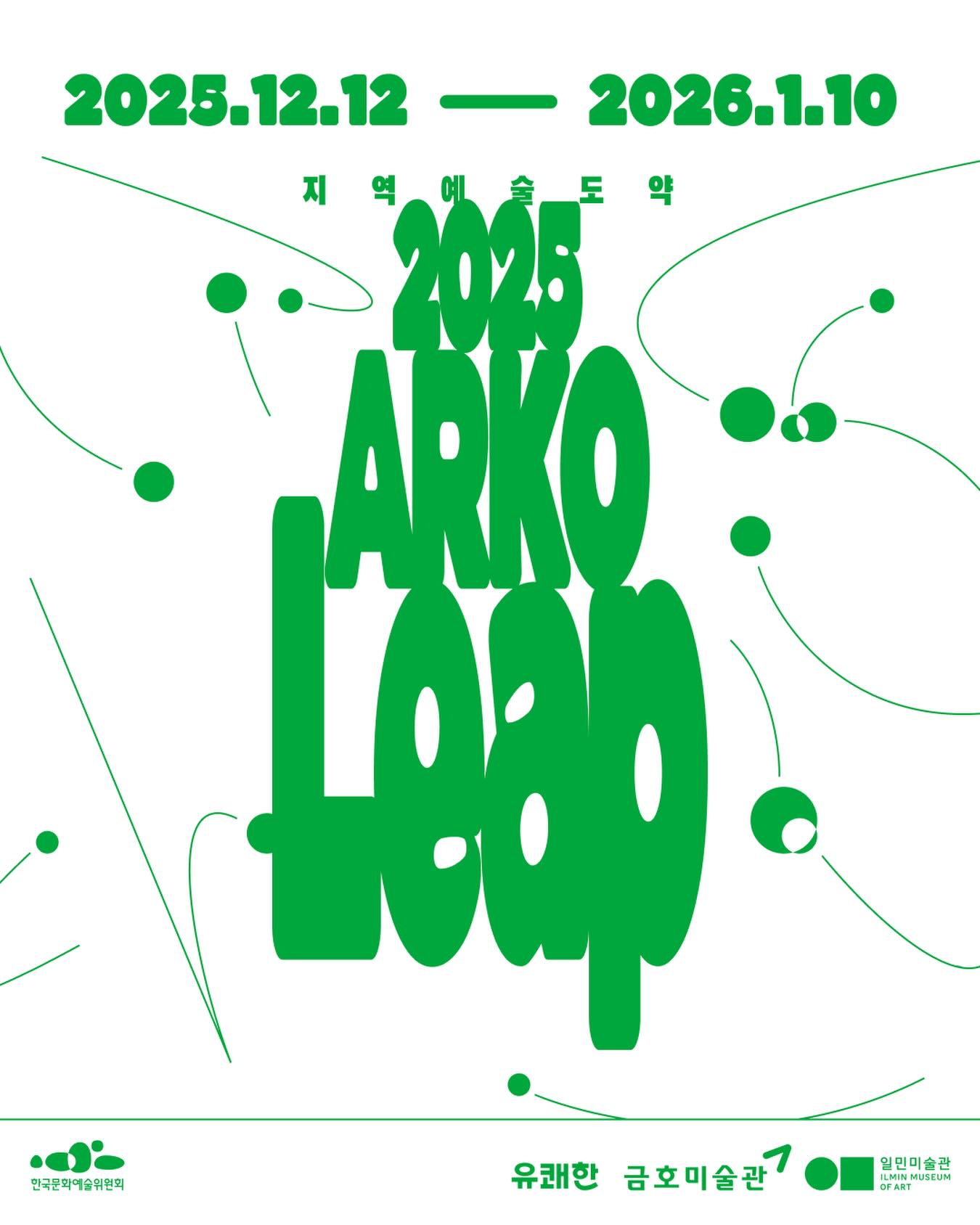Ulsan Art Museum, a municipal art museum specializing in fast-changing digital media art, opened on January 6, 2022, in Ulsan, which is South Korea’s eighth-largest city.
In addition to its three exhibition galleries, this is the only public art museum in Korea to have an extended reality lab (XR lab), which is an immersive media art hall that offers virtual reality (VR), augmented reality (AR), and extended reality (EX) experiences.
The museum currently runs a space in the former Ulsan Education and Training Center in Daewangam Park, Dong-gu.

Exterior view of Ulsan Art Museum. ©Ulsan City.
Among its five inaugural shows, three exhibitions were unveiled in the museum’s new building, and two shows are on view at the former Ulsan Education and Training Center.
Black and Light, is featured in the XR lab, which is Aldo Tambellini’s (1930–2020) solo exhibition, one of the pioneers of the 1960s video art movement who created what is known as expanded media.
Post Nature: Dear Nature is an exhibition that examines Ulsan’s identity as a symbol of Korean industrialization where ecology, culture, and tourism coexist through the works of more than 20 Korean and international artists, including Nam June Paik and Hito Steyerl.
With works by Chu Mirim and Daum Kim, Singing Whales, Diving Stars offers children the chance to build an ideal city based on Ulsan.

Exhibition view of Shu Lea Cheang's 'A Portal to the Next,' "Post Nature: Dear Nature." Photo by Ulsan City..
At the former training center, the Brilliant Days shows the museum’s identity through 26 artworks of its collection including Nam June Paik’s large installation work Turtle (1993)—the museum’s number one collection.
Face-to-Face 2021 introduces 35 works including paintings, sculptures, photographs, videos, and installations of 24 leading emerging artists in the Gyeongnam area, which is at the far southeast corner of the Korean Peninsula.

Title image of "Brilliant Days," Ulsan Art Museum.
Nam June Paik, 'Turtle,' 1993, 150 x 600 x 1000cm, video installation (166 TV monitors). ©Ulsan Art Museum.
The city government said in a press release on January 20 that the Ulsan Art Museum welcomed 19,630 visitors from the opening date of January 6 to January 19.
However, two exhibitions—the museum’s collection and the emerging artists’ show, both on view in the former Ulsan Education and Training Center—are drawing less public interest.
As of January 19, the number of visitors at the center was only 1,487, or 7.6% of the total of 19,630, said the city government.
The city government held a meeting on January 20 to review the museum’s operating status, discuss ways to revitalize the museum, and make plans to improve its effectiveness in a sector-wide approach.
The government reviewed the visitors’ evaluations of the exhibitions, many of which stated that the exhibitions were hard to understand because most of the artworks were media art. The local authorities reportedly discussed ways to respond to the public’s evaluation and ways to revitalize the two exhibitions in the former education center.
“As we have repeatedly emphasized, the inaugural exhibitions were planned to show the identity of the Ulsan Art Museum and where it stands in digital media art,” said Suh Jin-suk, the inaugural director of the museum.
“The museum’s identity cannot be established with one or two exhibitions. So, we are actively seeking ways to narrow the gap between media art and how the viewers accept this particular genre through subsequent exhibitions after April.”
































